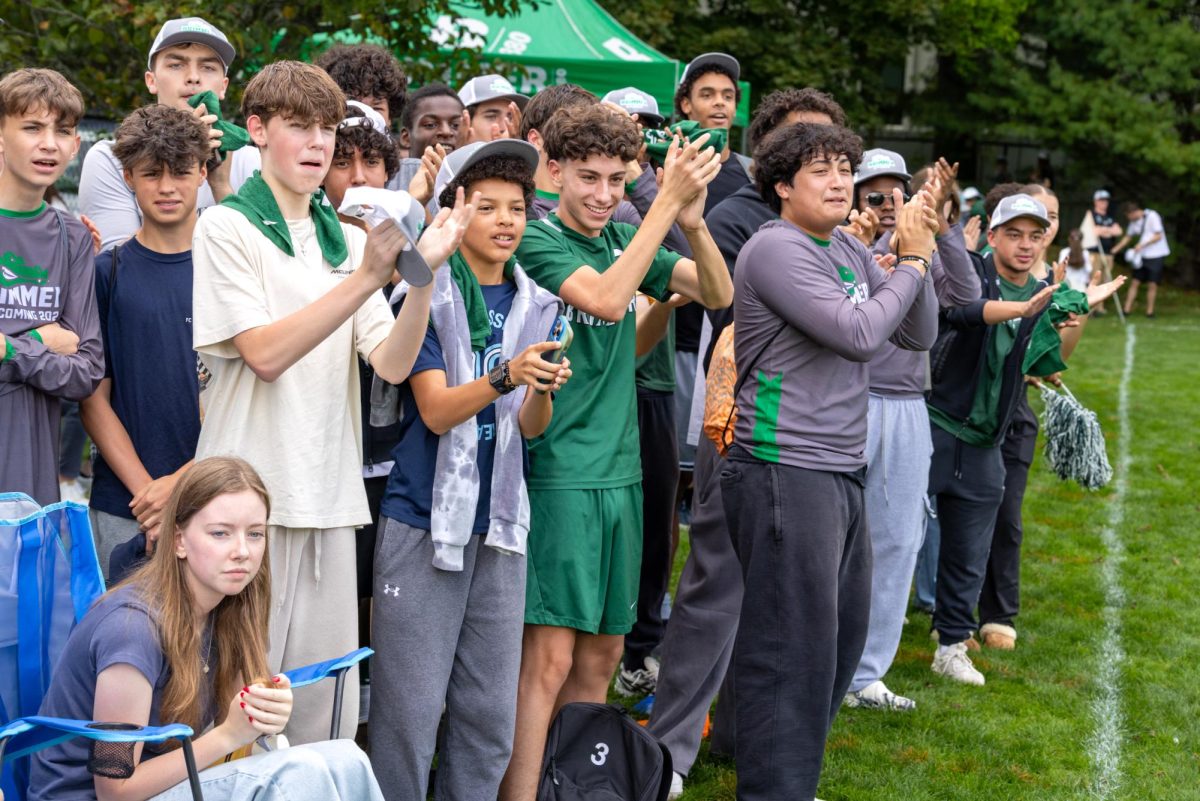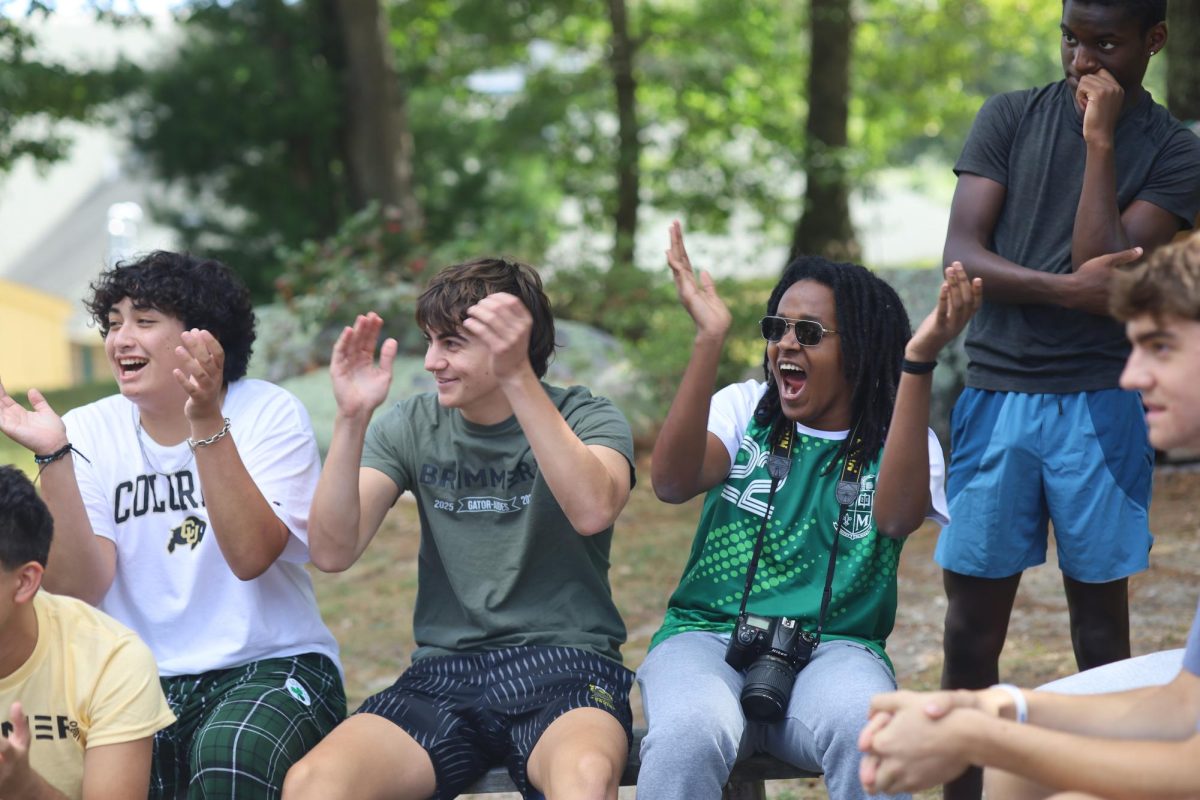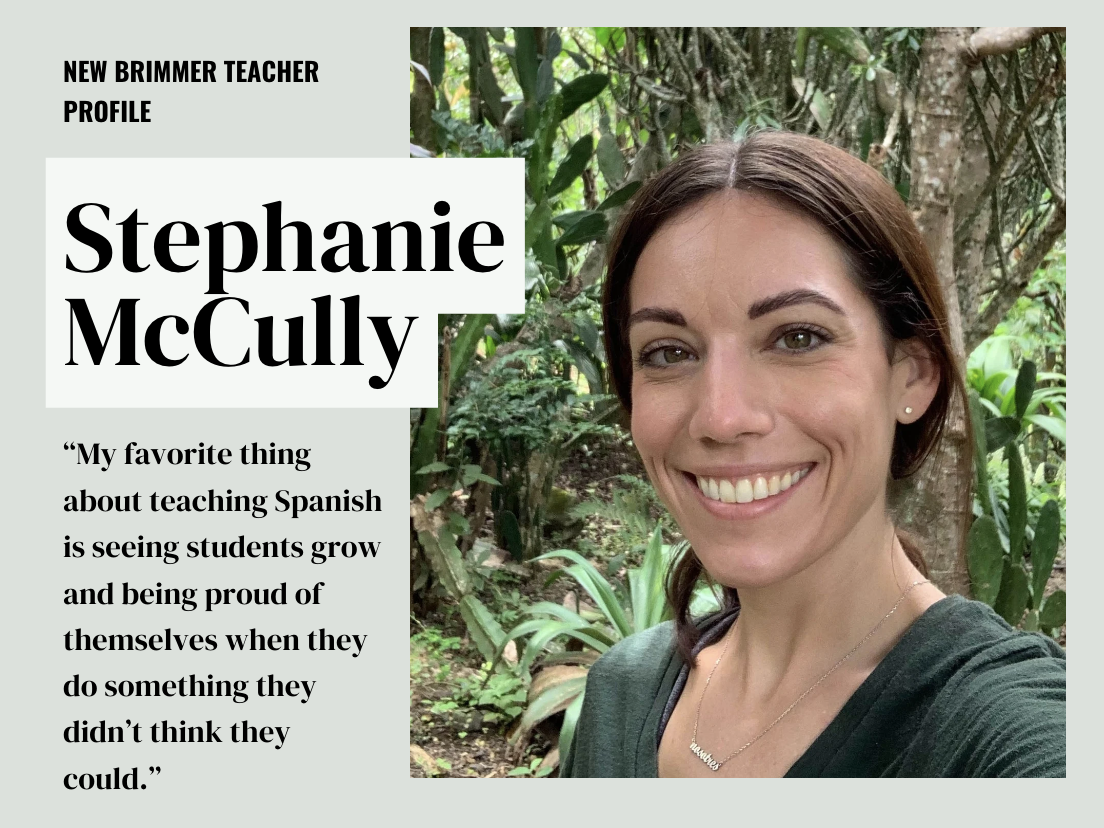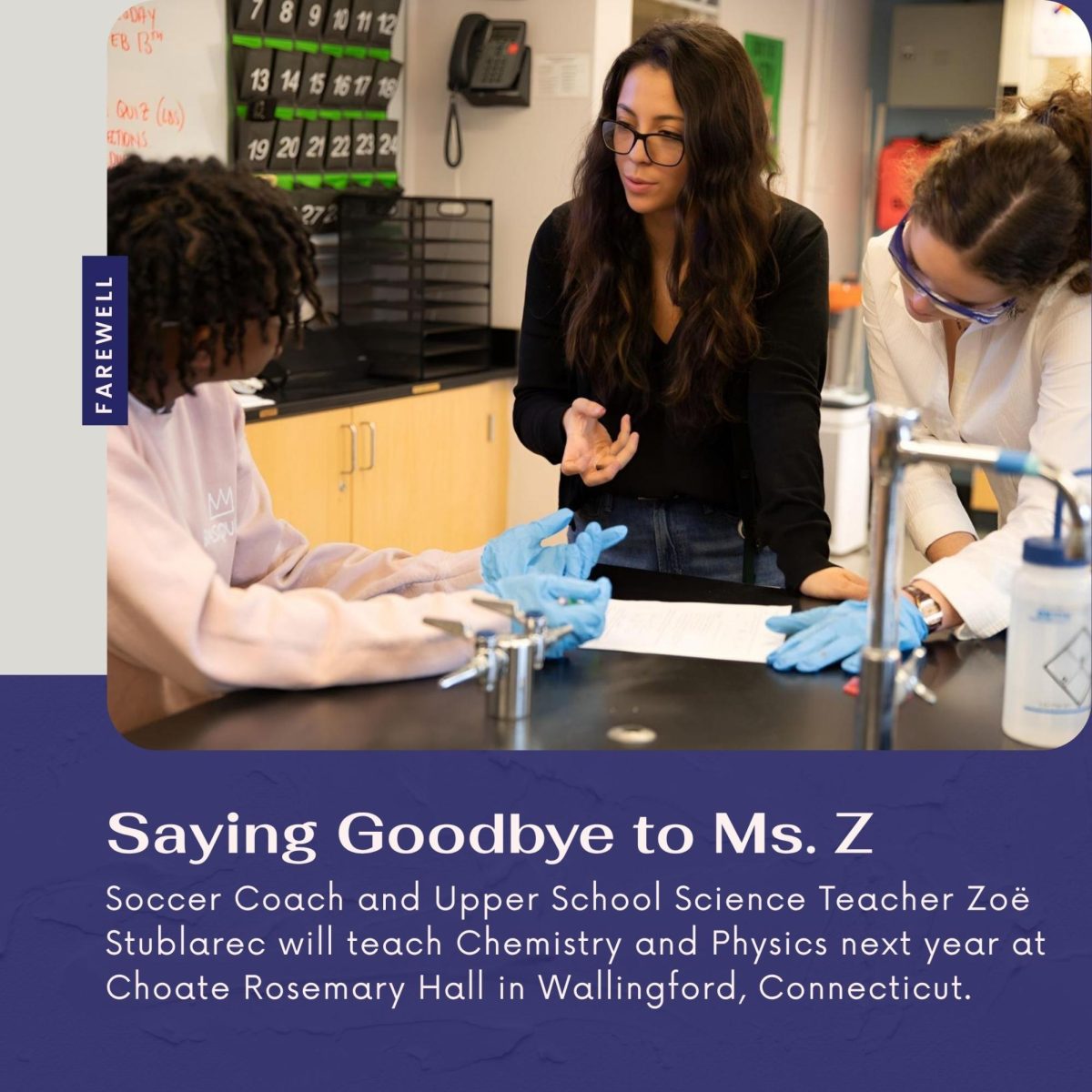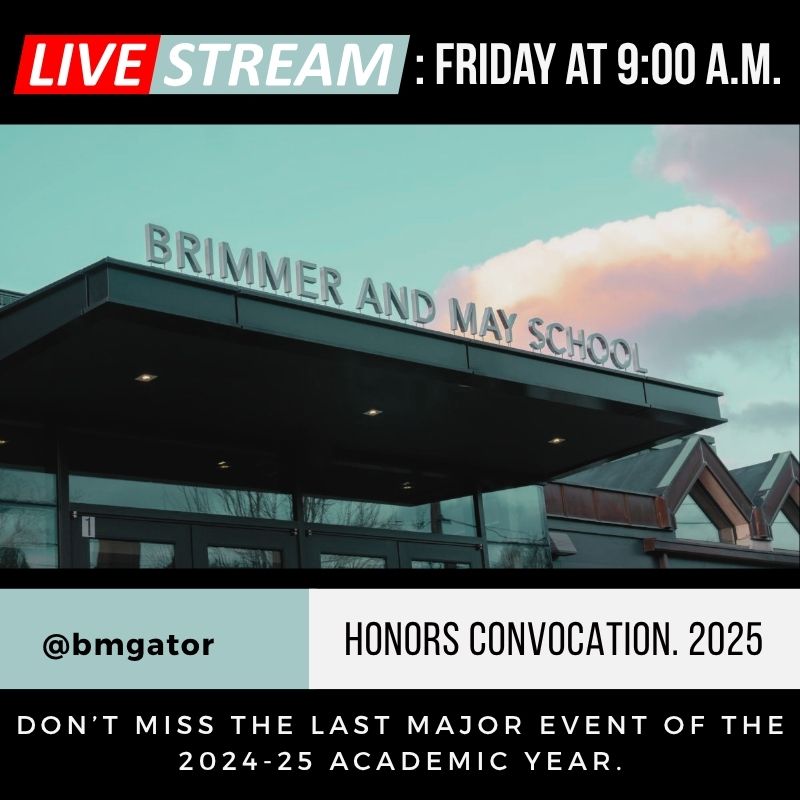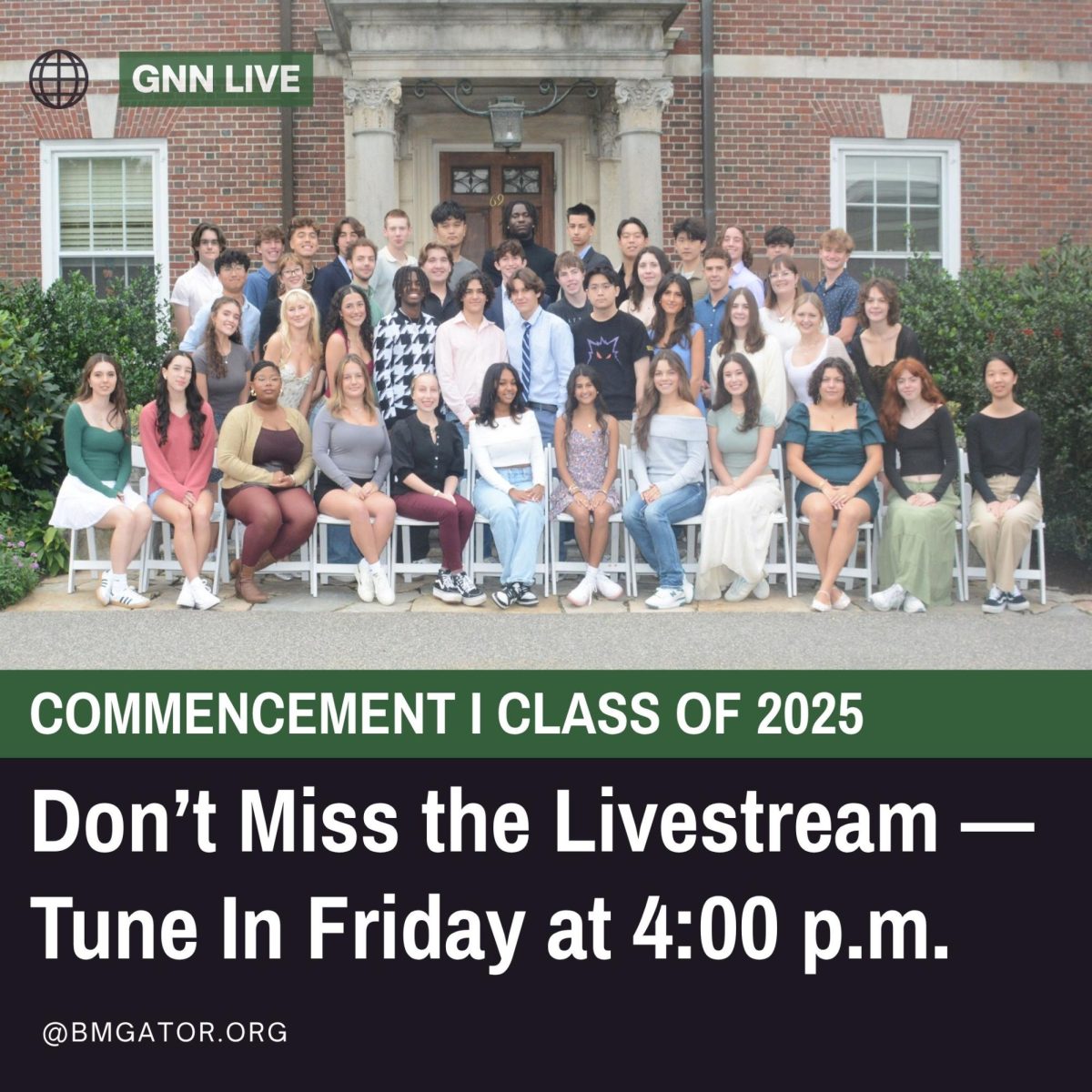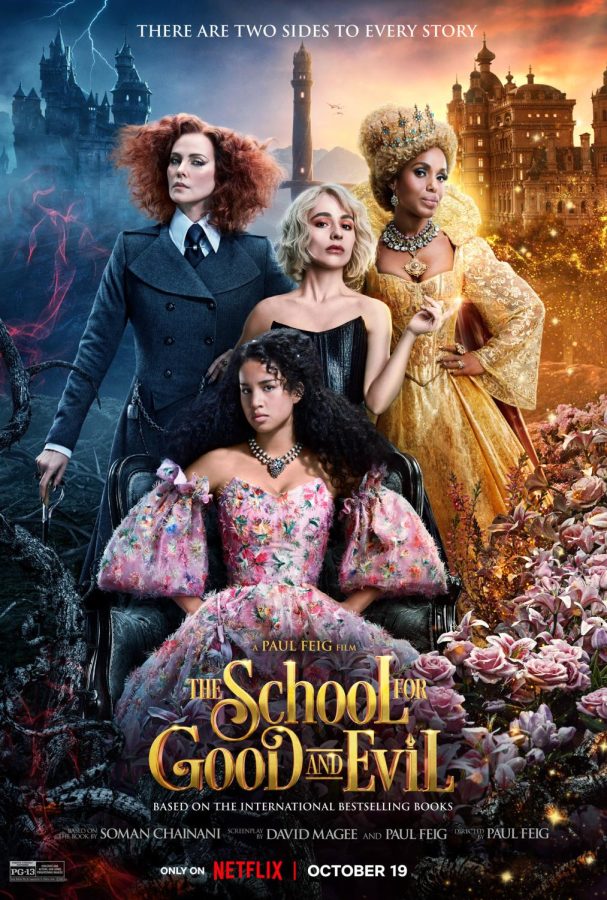Review: ‘The School for Good and Evil’ Fails Fairytale Expectations
The School for Good and Evil, released on Netflix this October, is all about deconstructing cliches, especially those of the fairytale variety. Therefore, it is with a heavy heart and great regret that I start my review with such a cliche phrase, but it must be done:
The book was better than the movie—and much better at that.
And I was so greatly hoping this would be another expectation the franchise could rise above.
The movie is based off of the first book in the young-adult fantasy series of the same name by Soman Chainani, first published in 2013. With six sequels and one prequel released since then – and one more on the way, the franchise shows no sign of slowing.
The movie itself had been in development since 2013, and the series had always seemed to lend itself to working well in the visual medium – often releasing trailers for upcoming books that seemed like mini-movies within themselves.
Therefore, my expectations going into the film were high.
I will admit, perhaps I am no longer in the target audience for the franchise. Yet, although the books were targeted towards young adult readers, they never held back. They were extremely dark and they tackled complicated subjects.
However, what really kept me returning to the series was the central concept and themes. And this is exactly where the movie failed.
The story centers around two best friends living in Gavaldon, a small village in an unspecified location in an unspecified time. Sophie (Sophia Anne Caruso) is beautiful, bubbly, and obsessed with her own goodness. Agatha (Sofia Wylie) lives in a graveyard with her vicious cat and is ostracized as the town witch.
The two are told by their local bookseller (Patti LuPone in a cameo role—that took me five minutes to process) of a far-away school that is responsible for creating all the fairytale heroes and villains they know.
While Sophie is thrilled by the idea, Agatha wants nothing to do with it. Unfortunately – she doesn’t have much choice. Sophia decides to take matters in her own hands and seek out the school, and before she can give it much second thought, she is dragged away by a mysterious force, with Agatha holding on.
To her shock, Sophie is dropped into The School for Evil, where everything is dark and dreary, and the classes focus on destruction and revenge. Agatha is separated, and arrives at The School for Good, surrounded by perfect princes and princesses – a place where smiling is a subject and getting a date for a ball is a matter of life or death.
Both Sophie and Agatha have arrived in their worst nightmares, and they are desperate to set things right. Although Agatha wants nothing more than to return home, Sophie thinks everything will be solved if they can just switch schools – especially when she catches sight of Tedros (Jamie Flatters), the handsome son of King Arthur, who attends the School for Good.
However, as the two try to survive classes, challenges, and their suspicious peers, it slowly becomes clear that they’ve been in the right place all along.
Such a tempting plot. And the movie does it so wrong.
It begins with the portrayals of the characters. In the books, while Sophie has a thinly veiled dark side, the audience understands why she seems like a better fit for Good – especially held up to Agatha, who is extremely anti-social with a twisted sense of humor and is the exact opposite of Good’s golden aesthetic.
In the movie, Wylie has an unusual problem, she is just too charming from the start. There is a scene of her cooing over a baby animal before the two are whisked away to their schools as if to say, “look, there is good in her! What a surprise!”
Yet, the audience has no reason to be shocked by that. If Sophie and Agatha don’t fulfill their fairytale stereotypes at the start, the impact that later twists have is lessened.
Those in the School for Good never seem truly good, either. Although this is a problem in the books as well, within Good there is the typical high school cliche of the “mean girls,” Beatrix (Holly Sturton) and her posse.
The point of the movie is to deconstruct expectations of Good and Evil, if those categories aren’t established from the start, there is nothing to be deconstructed.
Additionally, while the aesthetic of the movie was grand and visually stunning, the over-the-top CGI creatures and magic often distract.
Once again, this could be a matter of who the target audience was, but with graphic visuals such as a literal explosion of blood, the question is brought up of for whom the movie was made. There were also several production choices that seemed odd – such as using modern pop hits during crucial scenes that completely take the audience out of the world of the movie.
I went into the School for Good and Evil really hoping for a fairytale escape, but unfortunately, that didn’t end with a happily ever after.




